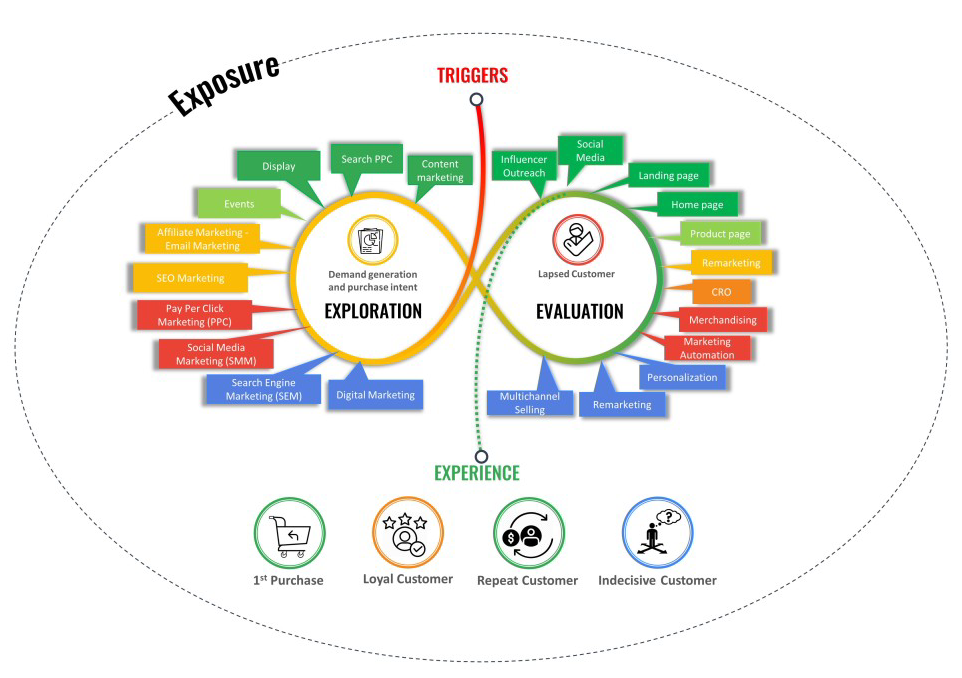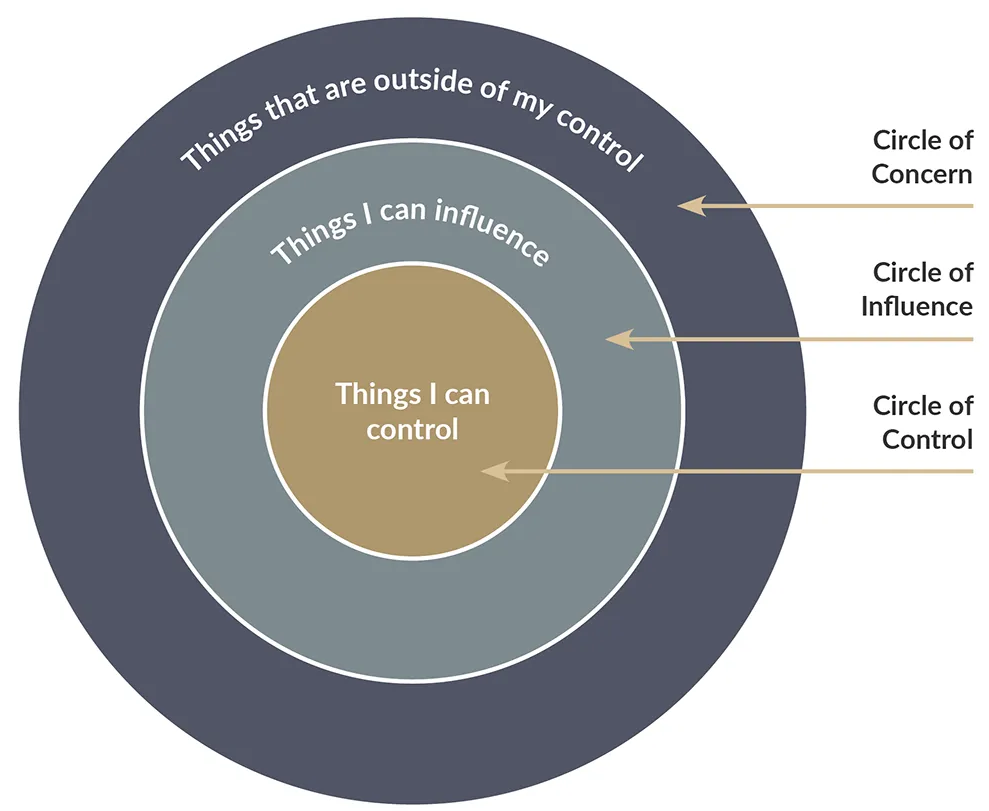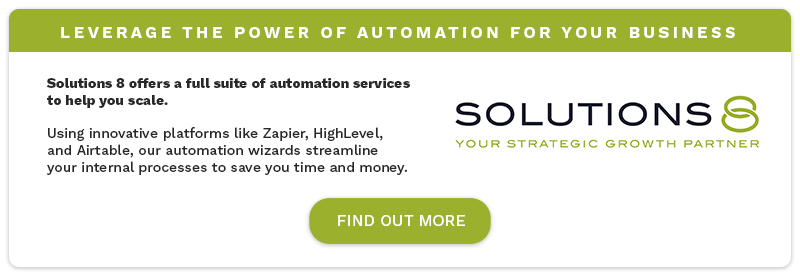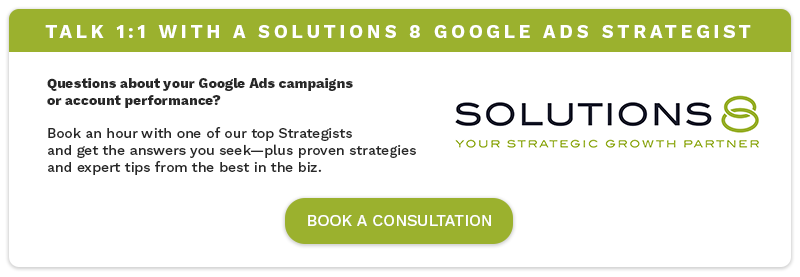Over the past 20 years, marketers had become accustomed to having detailed attribution data.
They tracked users’ touchpoints and determined which parts of the marketing funnel are most effective at driving conversions.
Collecting data across multiple devices was easy. And marketers often had a good idea of which channels customers interact with before they even make a conversion.
However, because of the recent privacy regulations, it has become challenging for marketers to understand which specific touchpoints are responsible for conversions and how to optimize their marketing efforts accordingly.
This all boils down to one problem that every marketer, business owner, and agency have in common: attribution.
What is Attribution?
Attribution is the process of determining which marketing touchpoints or channels contribute to a desired outcome, such as a conversion or sale.
If you’re familiar with the customer journey, you know that the path from brand awareness to conversion is not linear. When customers first land on your marketing channels, they usually don’t buy from you right away.
That’s because there’s this thing called the “the messy middle.” Google defines this as the messy path users take before converting or buying. Let me explain.

Image Source: Audrey A.
In a perfect world, we’d like to think that customers go through a linear path before they convert.
For example, a customer named Sarah is in the market for a pair of shoes. She types “best running shoes” on Google and sees your Search ad. She clicks the ad and lands on your product page. She adds the product to the cart and then purchases it.
Pretty straightforward, right?
Well, in reality, that rarely happens. Instead, Sarah might click on your ad and decide she doesn’t want to purchase yet. So, she leaves your site.
A few days later, while scrolling through her Facebook feed, Sarah sees your sponsored post. It’s an ad for running shoes. She clicks on the ad and adds a pair of shoes to her cart but still doesn’t complete the purchase.
Later that week, Sarah receives your newsletter highlighting your latest running shoe collection. She clicks through to the website and finally completes the purchase.
In the first example, the only touchpoint in Sarah’s journey is your Google Search Ad. But in this scenario, there are three main touchpoints:
- The Google paid search ad
- The sponsored post on Facebook
- The email newsletter
Attribution comes into play when trying to determine which of these touchpoints should get credit for the sale and how much credit each touchpoint should receive.
What makes attribution challenging?
On average, it takes 20 – 500 touchpoints before a customer makes a purchase.
Years ago, if all you used was Google Ads, you’d be able to see the full picture of your entire customer journey—from top to bottom, from start to finish. Because data privacy was not as restricted as it is now, you could get it and use it to optimize your campaigns.
This makes Google Ads very profitable as a stand-alone platform.
But because of the iOS 14 update and the death of third-party cookies, we now have limited data on the real customer journey. In-app metrics don’t provide all the information you need. Meaning, if you’re only looking at, say, ROAS, you’re missing out on the bigger picture and getting inaccurate data.
Now, you have to look at other channels and correlate conversions to determine your real ROI.
But what if you aren’t using other channels or services?
Well, you might need to start using them.
From Google Ads to full-funnel marketing
Focusing on a specific niche allows you to become the go-to expert at one thing. That’s how we became the best Google Ads agency in the world.
By doing the same thing repeatedly, we were able to improve our skills faster, make our processes more efficient, and create solid systems that allowed us to scale.
However, we noticed all sorts of issues popping up that were outside of our scope of control. These issues, no matter how big or small, affected our clients’ bottom lines. But because we weren’t providing services that helped improve our clients’ campaigns, we could only influence and provide them with strategic plans…
We didn’t have complete control over the results.

Image Source: Positive Psychology
Even though we’re in control of our Google Ads campaigns’ success, if we want to scale our clients’ businesses truly, we have to expand our circle of control. That’s why we went full-funnel.
If you want to understand what kind of picture your data is painting about your business success, you need to know what’s going on in other channels. What path do your customers go through before they convert?
If you’re not yet on channels where your customers are, you might want to consider running campaigns where they are.
For example, if you’re only using Google Ads, chances are, your campaigns will also greatly benefit from using Meta Ads. That’s because they could complement each other and give you better results.
Tips to improve client retention
Attribution is just one of the challenges marketers and business owners face today that keep them from getting great results.
But remember, it’s just ONE problem. There are other critical mistakes most people make that lead to loss of clients and ultimately, decreased revenue and profitability.
Below are some of the best tips that can help you avoid that from happening.
Focus on holistic performance metrics:
- Look beyond single metrics such as ROAS and consider the overall profitability and growth of your client’s business.
- Use a full-funnel approach and analyze how different marketing channels work together to drive results.
Educate clients and provide transparency:
- Take the time to explain key concepts such as attribution and the role of different marketing channels to your clients.
- Use clear reporting and regular communication to keep your clients informed and engaged.
- Be transparent about the strategies you’re using and the results you’re seeing.
Develop long-term strategies:
- Create marketing plans that focus on sustainable, long-term growth rather than just short-term gains.
- Align your strategies with your client’s business objectives and KPIs.
- Continuously optimize and adapt your approach based on data and insights.
Prioritize customer service and relationships:
- Invest in building strong relationships with your clients through regular communication and exceptional service.
- Be proactive in addressing client concerns and providing solutions.
- Go above and beyond to deliver value and support your clients’ success.
Be honest and proactive with recommendations:
- Don’t be afraid to have difficult conversations with clients when necessary.
- If you see campaigns or strategies that aren’t truly effective, proactively recommend changes or improvements.
- Use data and insights to back up your recommendations and help clients make informed decisions.
Author
Bryan is the marketing manager at Solutions 8, and has been on digital marketing since 2018. When he’s not working, you’ll find him working out at a local gym, reading personal development books, or playing music at home. He feels weird writing about himself in third person.
 Bryan Caranto
Bryan Caranto












